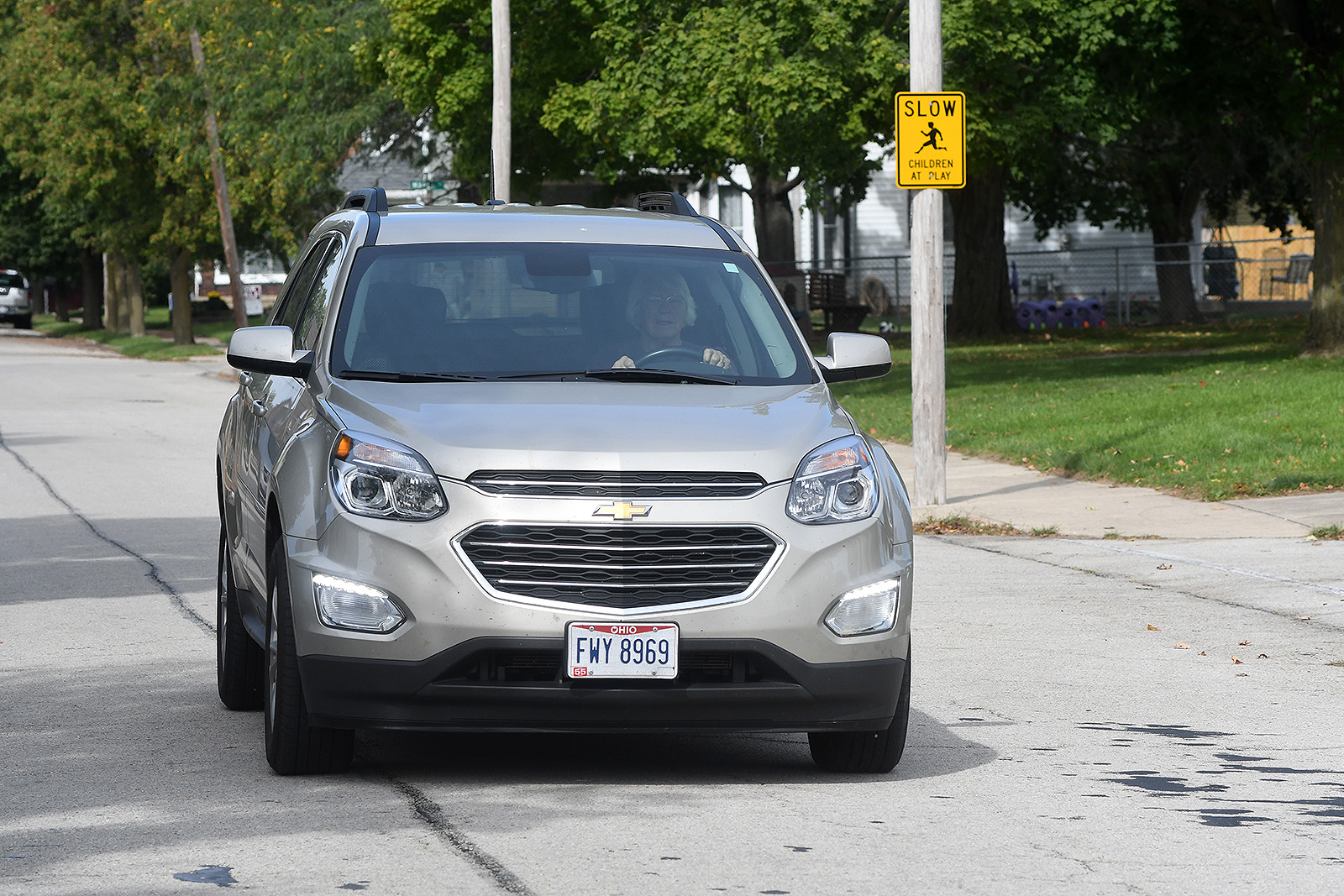
The safety of you and your passengers is very important. Protect yourself and others with these safety tips.
Booster Seat Evaluations
Find current booster seat evaluations from the IIHS.
Cell Phone & Texting Laws:
See a break down of state laws from the IIHS.
Distracted Driving:
In 2016 alone, 3,450 people were killed by distracted driving. Distracted driving is any activity that diverts attention from driving, including talking or texting on your phone, eating and drinking, talking to people in your vehicle, fiddling with the stereo, entertainment or navigation system – anything that takes your attention away from the task of safe driving.
Teen Driving
It can be scary to watch your teen pull out of your driveway for the first time, heading out for their first adventure all alone! Motor vehicle crashes are the leading cause of death among teens, and National Highway Traffic Safety Administration (NHTSA) research tells us that immaturity and inexperience are primary factors contributing to these deadly crashes. But you can take steps to keep them as safe as possible.
Choose a safe vehicle for your teen.
- Avoid vehicles that encourage reckless driving – teen drivers not only lack experience, but may also lack maturity. As a result, speeding and reckless driving are common. When you’re picking a vehicle for your teen, avoid sports cars or other vehicles with high performance features that could encourage speeding or other reckless driving.
- Don’t let your teen drive an unstable vehicle – sport utility vehicles, especially the smaller ones, are inherently less stable than cars because of their higher centers of gravity. Abrupt steering maneuvers – the kind that can occur when teens are distracted or over-correcting a driver error – can be more likely to cause rollovers. A more stable car would, at worst, skid or spin out.
- Pick a vehicle that offers good crash protection – teenagers should drive vehicles that offer state-of-the-art protection in case they do crash.
- Don’t let your teen drive a small vehicle – small vehicles offer much less protection in crashes than larger ones. However, this doesn’t mean you should put your child in the largest vehicle you can find. Many mid- and full-size cars offer more than adequate crash protection. Check out the safety ratings for mid-size and larger cars.
- Avoid older vehicles – most of today’s cars are better designed for crash protection than cars of six to ten years ago. Before you make a final choice on the car your teenager will drive, consult the U.S. Department of Transportation (USDOT) or the Insurance Institute for Highway Safety (IIHS).
Source: Insurance Information Institute
Check out these additional resources on the best cars for teens:
- Choosing the best vehicle for your teen from the IIHS
- How to choose a good, safe car for your new teen driver from Consumer Reports
Sign a safe driving agreement
Many parents have found that a Parent-Teen Driving Contract is a valuable tool in helping teens to understand the responsibilities that come along with the privilege of driving. Contracts can address areas such as car care, safety rules, curfews, responsibilities, and consequences. Consult these links for help creating a contract designed for you and your teen:
Additional resources for information on teen driving:
- Motor Vehicle Safety from the CDC
- Guide to Car Safety from Consumer Reports
- U.S. Department of Transportation
- Safety Tips for Teen Drivers from Goodville Mutual
Vehicle Safety Ratings
Vehicle safety ratings evaluate two aspects of safety: crashworthiness (how well a vehicle protects its occupants in a crash) and crash avoidance and mitigation (technology that can prevent a crash or lessen its severity).
What steps should I follow if I’m involved in an accident?
- Pull over – if possible pull your car off the road and out of the way of other traffic. If you are on a busy street, stay in your car; it can be dangerous to stand along a busy street.
- Stay at the scene – leaving the scene of an accident can result in additional violations or fees.
- Check for injuries – if anyone is injured, call 911.
- Call the police – even if the accident seems minor, call the police to report the accident. Their involvement can help expedite your claim later.
- Don’t admit liability or fault – leave that decision to the police and the insurance adjusters. Stay calm and don’t get into any arguments with the other driver(s).
- Exchange information with the other driver(s) – specifically:
- Contact information – name, address, phone number
- Vehicle information – make, model, license plate number
- Insurance information – insurance company, agent, policy number
- Record the details – write down as many details as possible, including date, time, location, weather conditions.
- Take photos – use your cell phone to take photos of the damage to all the vehicles involved, including their locations on the road if they haven’t been moved.
- Get contact information for any witnesses – if there are any witnesses, get their names and phone numbers.
- Request a copy of the police report for your insurance company – note the officer’s name, department, and badge number.
- Report the accident – call your agent to report the accident immediately while everything is still fresh in your mind. Goodville will contact you with information about the next steps in the claims process, including your vehicle repair or replacement.
The links that are provided are for organizations that are not associated with Goodville Mutual. The links are provided as a service. Goodville may not endorse all the views found on these sites nor can we guarantee that the information that is provided is current and correct.


